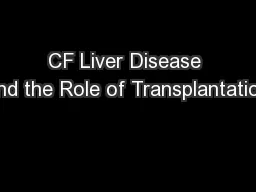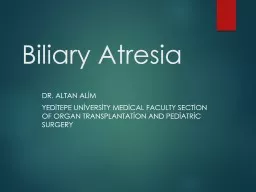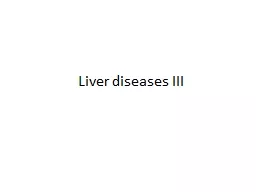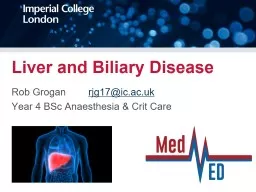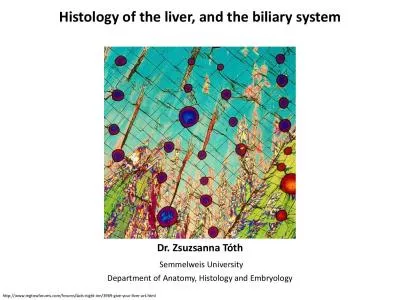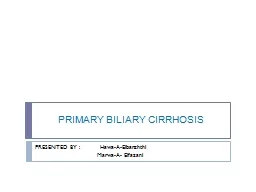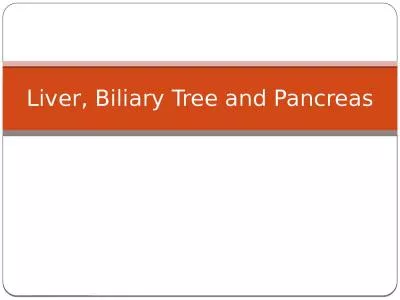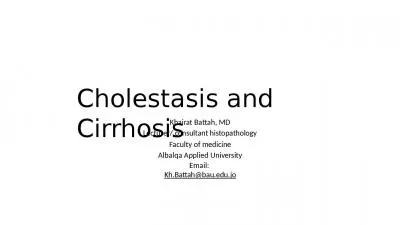PPT-Surgery of Liver and Biliary System
Author : priscilla | Published Date : 2024-01-13
By Dr Rafid Majeed Naeem Alkhalifa anatomy Surgery of the liver and extrahepatic biliary tract is challenging areas in small animal surgery because organs
Presentation Embed Code
Download Presentation
Download Presentation The PPT/PDF document "Surgery of Liver and Biliary System" is the property of its rightful owner. Permission is granted to download and print the materials on this website for personal, non-commercial use only, and to display it on your personal computer provided you do not modify the materials and that you retain all copyright notices contained in the materials. By downloading content from our website, you accept the terms of this agreement.
Surgery of Liver and Biliary System: Transcript
Download Rules Of Document
"Surgery of Liver and Biliary System"The content belongs to its owner. You may download and print it for personal use, without modification, and keep all copyright notices. By downloading, you agree to these terms.
Related Documents


